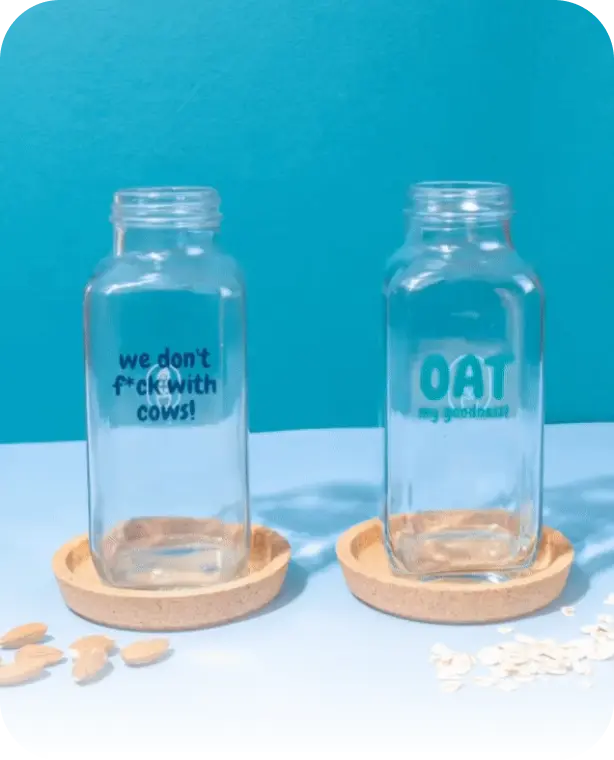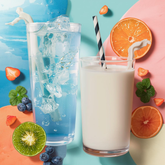Chickpea milk, a creamy and nutrient-rich dairy alternative, has been gaining popularity among health-conscious individuals and those with dietary restrictions. Whether you're lactose intolerant, vegan, or simply looking to explore new culinary horizons, making chickpea milk at home with Milky Plant offers a convenient and delicious solution. But the question arises: should you use cooked or pre-soaked chickpeas? Let's delve into the process and find out the best approach for crafting homemade chickpea milk with Milky Plant.
Cooked or Pre-Soaked Chickpeas: Which is Better?
Both cooked and pre-soaked chickpeas can be used to make chickpea milk with Milky Plant, but each method has its advantages.
- Cooked Chickpeas: If you're short on time, using cooked chickpeas can expedite the milk-making process. Simply ensure your chickpeas are thoroughly cooked and tender before adding them to the blending compartment of Milky Plant. Cooking chickpeas softens them, making them easier to blend and extract milk from. However, using cooked chickpeas may result in a slightly different flavor profile compared to using pre-soaked chickpeas.
- Pre-Soaked Chickpeas: On the other hand, pre-soaked chickpeas require a bit of foresight and planning, as they need to be soaked overnight or for at least 8-12 hours. However, this process offers its own benefits. Pre-soaking chickpeas not only softens them but also helps reduce phytic acid and enzyme inhibitors present in raw chickpeas, making the milk more digestible and nutrient-rich.
Crafting Chickpea Milk with Milky Plant:
Now that we've explored the pros and cons of each method, let's dive into the process of making chickpea milk with Milky Plant:
- Whether you choose cooked or pre-soaked chickpeas, ensure they are ready for blending. Add the chickpeas to the blending compartment of Milky Plant, being careful not to exceed the Max line, typically around 80ml.
- Fill the water tank of Milky Plant with clean water, ensuring you follow the minimum level requirement.
- Once your ingredients are in place, press the start button on Milky Plant. The machine will begin blending the chickpeas and water, extracting the milk in the process. During this time, the pulp is separated from the milk, leaving you with a smooth and creamy beverage.
- Don't forget to save the leftover chickpea pulp! This nutrient-rich byproduct can be used in various recipes, such as soups, stews, or baked goods, minimizing food waste and maximizing nutrition.
Whether you opt for cooked or pre-soaked chickpeas, making homemade chickpea milk with Milky Plant is a breeze. By following these tips and techniques, you can enjoy the creamy goodness of chickpea milk with ease and convenience.















